Home>Gardening & Outdoor>Landscaping Ideas>What Does Lime Do To Grass

Landscaping Ideas
What Does Lime Do To Grass
Modified: March 27, 2024
Learn how lime affects grass and discover essential landscaping ideas to improve your lawn's health. Find out how to use lime effectively for a lush, green yard!
(Many of the links in this article redirect to a specific reviewed product. Your purchase of these products through affiliate links helps to generate commission for Storables.com, at no extra cost. Learn more)
Introduction
Welcome to the world of landscaping, where the beauty of nature meets the art of cultivation. When it comes to maintaining a lush, vibrant lawn, the role of soil pH cannot be overstated. One of the key elements in managing soil acidity is lime, a versatile and essential tool for nurturing healthy grass.
In this article, we’ll delve into the fascinating world of lime and its impact on grass. From understanding the properties of lime to exploring its effects on grass and learning how to apply it effectively, you’ll gain valuable insights into optimizing your lawn’s health and vitality. So, let’s embark on this enlightening journey to uncover the secrets of lime and its transformative influence on grass!
Key Takeaways:
- Lime is essential for healthy grass, balancing soil pH, promoting nutrient absorption, root development, and disease resistance, resulting in a lush, vibrant lawn.
- Applying lime involves soil testing, choosing the right type, calculating application rate, spreading evenly, watering, and monitoring for optimal grass health.
Read more: What Does Lime Do To The Grass
Understanding Lime
Lime, a fundamental component in soil management, plays a crucial role in regulating soil pH levels. It is primarily composed of calcium carbonate and is available in various forms, including pulverized, granular, and pelletized. The primary function of lime is to neutralize soil acidity, making it more conducive to healthy grass growth.
When lime is applied to acidic soil, it works to raise the pH level, thereby reducing the soil’s acidity. This process is essential for creating an optimal environment for grass to thrive. By neutralizing acidity, lime enhances the soil’s capacity to absorb essential nutrients, such as nitrogen, phosphorus, and potassium, which are vital for robust grass development.
Furthermore, lime facilitates the decomposition of organic matter in the soil, promoting the release of beneficial nutrients that contribute to the overall health of the grass. Additionally, it fosters the activity of soil microorganisms, which play a pivotal role in maintaining soil fertility and supporting the growth of a vibrant, resilient lawn.
It’s important to note that the effectiveness of lime is contingent upon its proper application and the specific needs of the soil. Factors such as soil type, current pH level, and the type of grass being cultivated must be carefully considered to determine the appropriate quantity and frequency of lime application.
By comprehending the role of lime in soil management, you can harness its potential to create an optimal foundation for nurturing lush, thriving grass. Now, let’s explore the profound effects of lime on grass and how it can elevate the health and vibrancy of your lawn.
Effects of Lime on Grass
The application of lime yields a myriad of benefits that directly impact the health and vitality of grass. By addressing soil acidity, lime creates an environment conducive to robust grass growth, resulting in a lush, verdant lawn that exudes natural beauty. Let’s delve into the transformative effects of lime on grass:
- Promotes Nutrient Absorption: Lime’s pH-balancing properties enhance the soil’s ability to absorb essential nutrients, including nitrogen, phosphorus, and potassium. This, in turn, provides the grass with the vital elements necessary for healthy development and resilience.
- Enhances Root Development: Optimal soil pH levels facilitated by lime encourage robust root growth, strengthening the grass’s foundation and improving its ability to withstand environmental stressors.
- Improves Fertilizer Efficiency: Balanced soil pH resulting from lime application maximizes the effectiveness of fertilizers, ensuring that the grass receives and utilizes nutrients more efficiently, leading to improved overall health and appearance.
- Reduces Soil Toxicity: Lime helps mitigate the toxic effects of acidic soil, creating a safer and more nurturing environment for grass to thrive, free from the constraints of excessive acidity.
- Enhances Disease Resistance: Healthy, well-nourished grass resulting from lime application exhibits improved resistance to diseases and pests, bolstering its longevity and minimizing the risk of damage.
- Promotes Vibrant Color: The balanced pH levels facilitated by lime contribute to the grass’s vibrant green color, enhancing its visual appeal and creating a picturesque landscape.
These profound effects underscore the indispensable role of lime in fostering the optimal conditions for grass to flourish. By harnessing the power of lime, you can elevate the health and beauty of your lawn, creating a captivating outdoor space that beckons with its natural allure.
Applying lime to grass can help to balance the soil’s pH levels, making it less acidic. This can improve nutrient uptake and overall grass health.
How to Apply Lime to Grass
Applying lime to grass involves a systematic approach to ensure its optimal effectiveness in balancing soil pH and promoting healthy grass growth. Here’s a comprehensive guide to the proper application of lime:
- Conduct Soil Testing: Before applying lime, it’s essential to conduct a soil test to determine the current pH level and identify any deficiencies. This enables you to ascertain the precise amount of lime required for your specific soil conditions.
- Choose the Right Type of Lime: Select the appropriate form of lime based on your soil’s needs. Whether it’s pulverized, granular, or pelletized lime, each type has its unique characteristics and application methods.
- Calculate the Application Rate: Utilize the results of the soil test to calculate the optimal application rate of lime. This ensures that you provide the necessary amount to achieve the desired pH level without over-application.
- Timing and Frequency: Ideally, lime application should be carried out in the fall or spring to allow sufficient time for it to react with the soil before the grass’s active growth periods. However, it’s crucial to follow specific guidelines based on your region’s climate and soil conditions.
- Spread Evenly: Use a calibrated spreader to distribute the lime evenly across the lawn, ensuring comprehensive coverage and consistent pH adjustment throughout the entire area.
- Water the Lawn: After applying lime, water the lawn thoroughly to facilitate the incorporation of the lime into the soil. This promotes its effective interaction with the soil and maximizes its impact on grass health.
- Monitor and Adjust: Regularly monitor the pH levels of the soil and the grass’s overall health to determine if additional lime applications are necessary. Adjust the frequency and quantity of lime based on the evolving needs of the soil and grass.
By following these steps and tailoring the application of lime to your lawn’s specific requirements, you can harness its remarkable potential to create an optimal environment for vibrant, resilient grass. Now, armed with the knowledge of lime’s application, you can embark on a journey to transform your lawn into a flourishing oasis of natural beauty.
Conclusion
As we conclude our exploration of lime’s impact on grass, it’s evident that lime serves as a cornerstone in the quest for a thriving, verdant lawn. By understanding the properties of lime, recognizing its profound effects on grass, and mastering the art of its application, you are empowered to cultivate a landscape that epitomizes natural splendor and vitality.
From promoting nutrient absorption and enhancing root development to fortifying disease resistance and elevating the grass’s visual allure, lime’s transformative influence is undeniable. It not only balances soil pH but also nurtures an environment where grass can flourish, unfettered by the constraints of acidic soil.
Armed with the knowledge of lime’s application, you possess the tools to orchestrate a symphony of natural beauty within your lawn. By conducting soil tests, choosing the right type of lime, calculating application rates, and ensuring even distribution, you can harness the full potential of lime to create an optimal foundation for healthy, vibrant grass.
As you embark on this journey, remember that the health and beauty of your lawn are a testament to your dedication and understanding of the intricate interplay between soil, grass, and the nurturing influence of lime. Embrace this journey with enthusiasm and a deep-rooted appreciation for the transformative power of nature.
So, as you tread the path to a resplendent lawn, may the wisdom gained from our exploration guide your steps, and may your landscape bloom with the radiance of a harmonious union between grass and the nurturing touch of lime.
Frequently Asked Questions about What Does Lime Do To Grass
Was this page helpful?
At Storables.com, we guarantee accurate and reliable information. Our content, validated by Expert Board Contributors, is crafted following stringent Editorial Policies. We're committed to providing you with well-researched, expert-backed insights for all your informational needs.
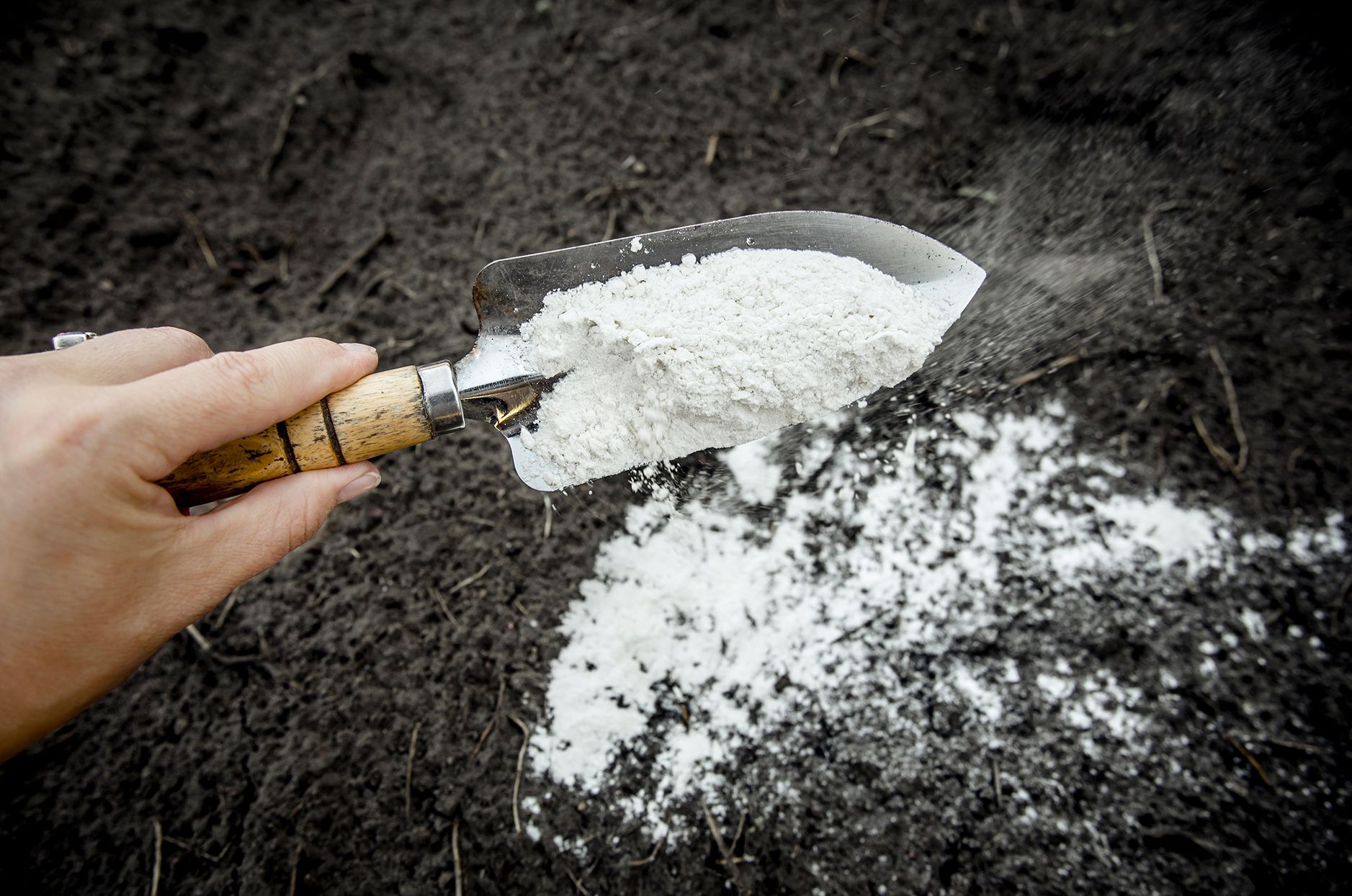
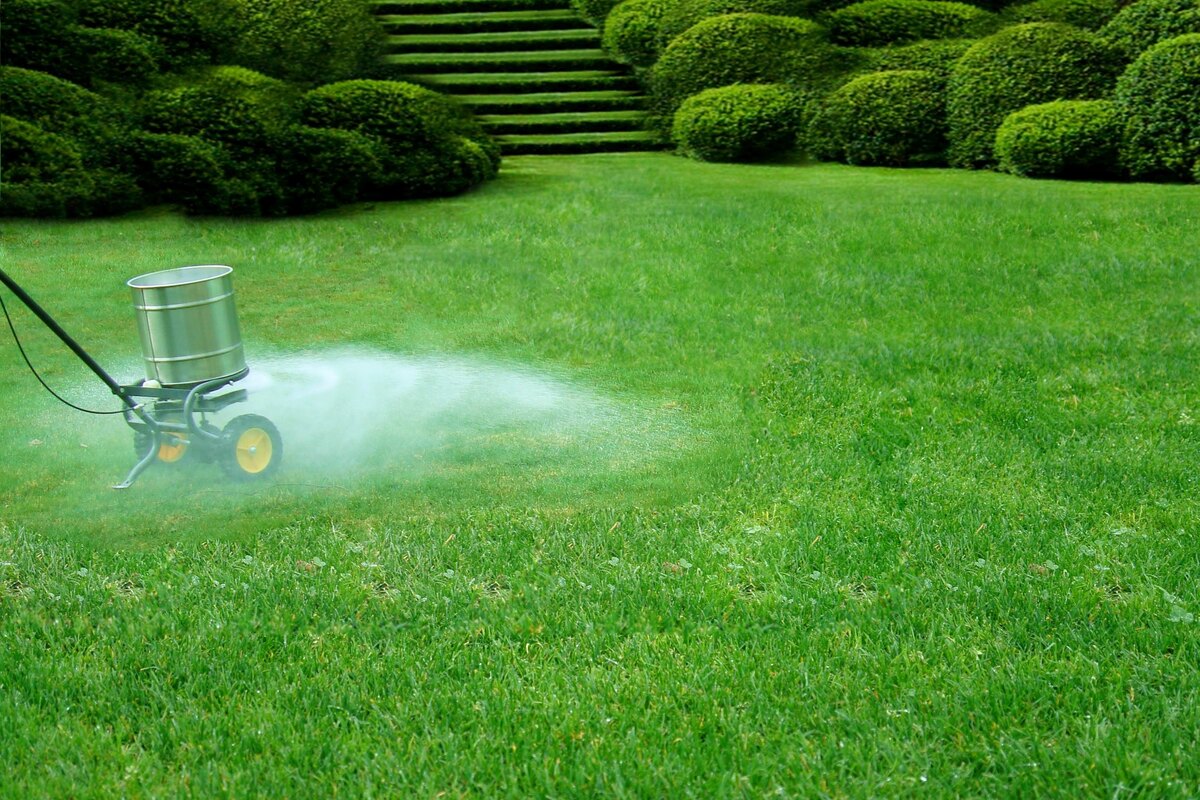
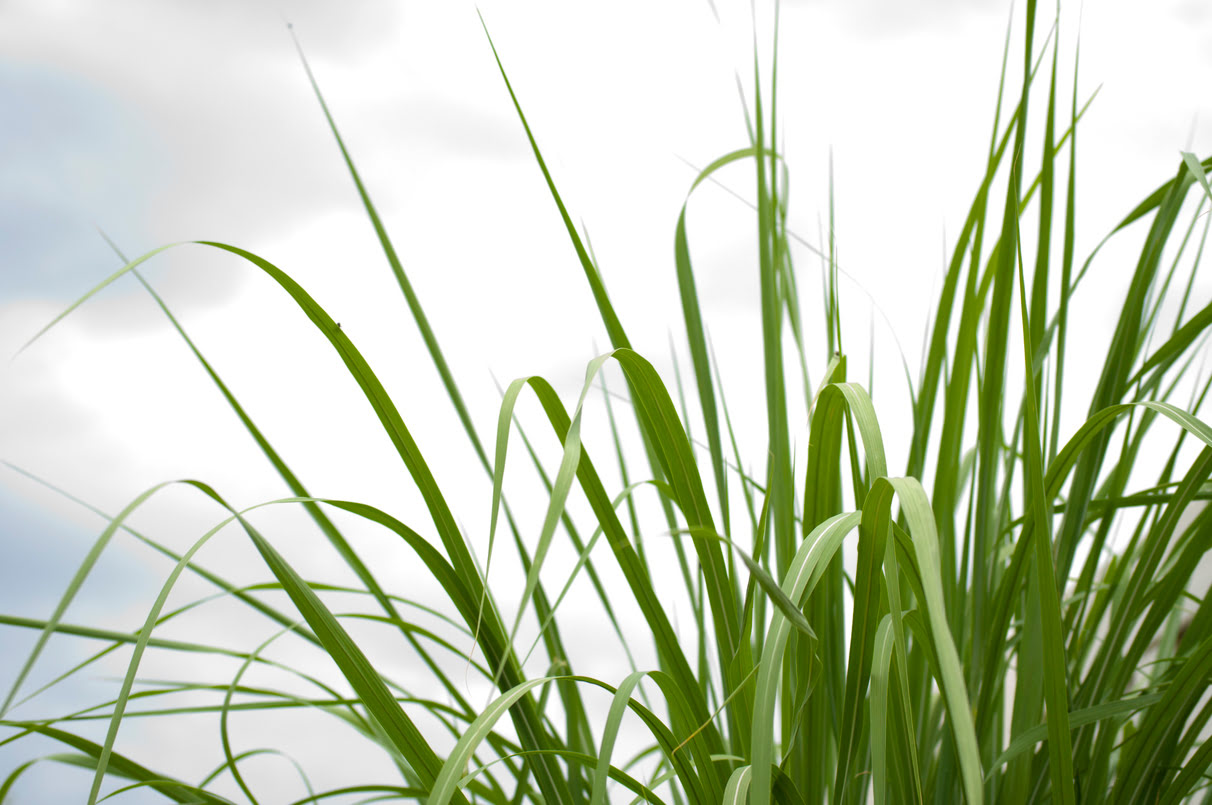
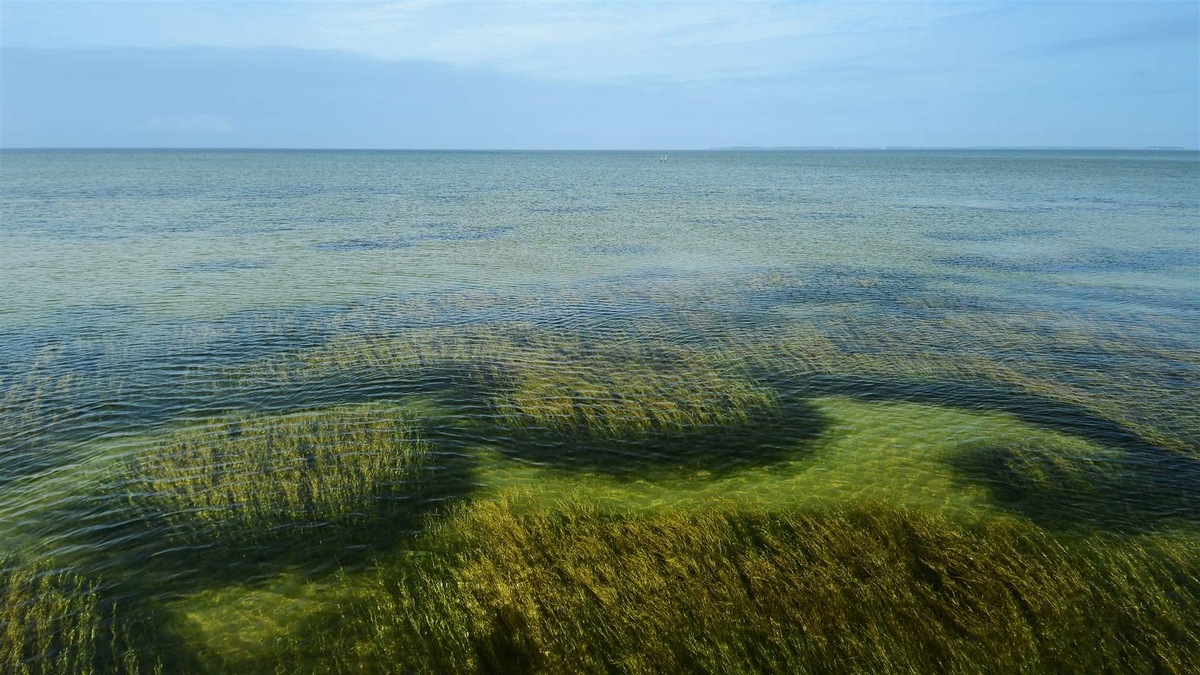
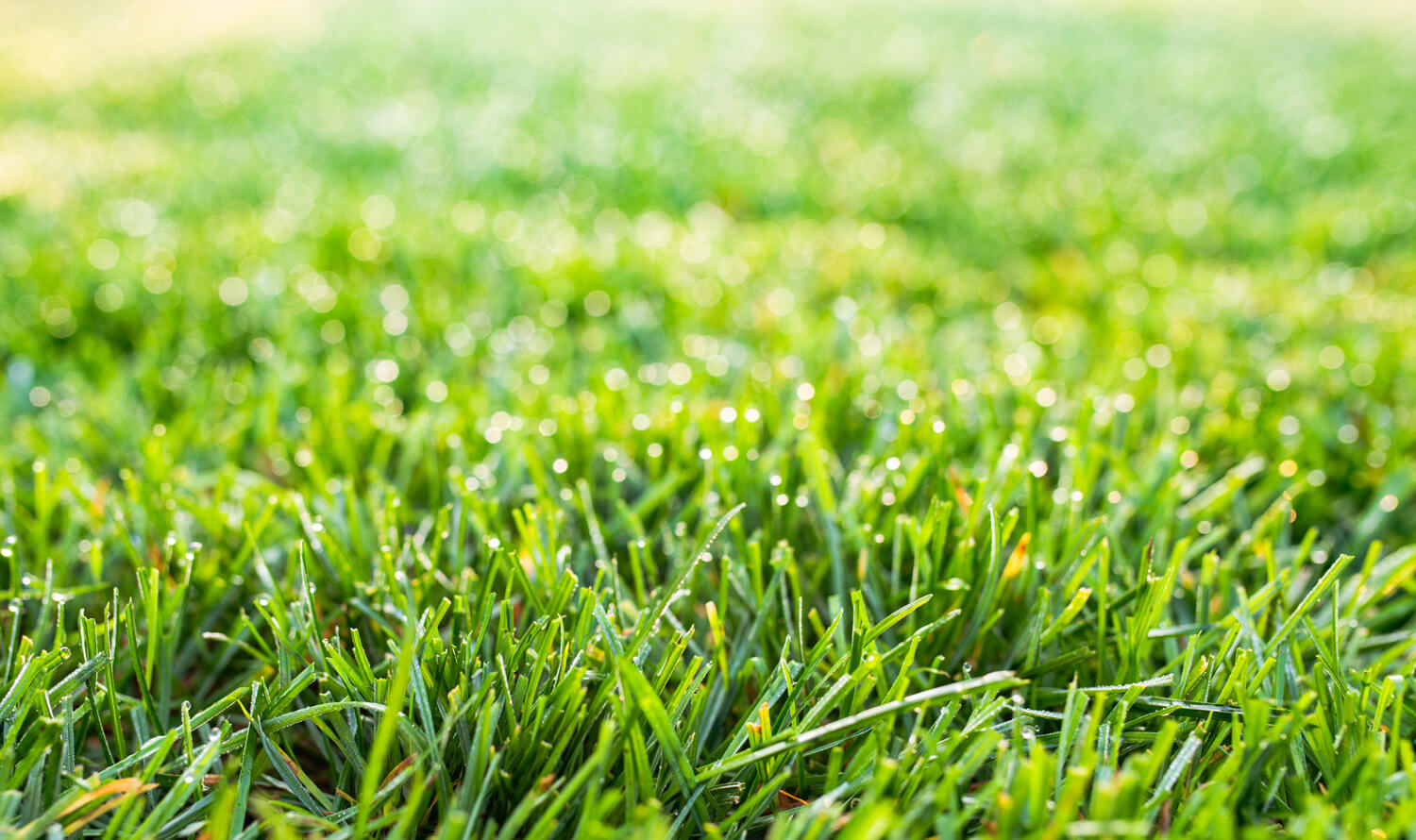


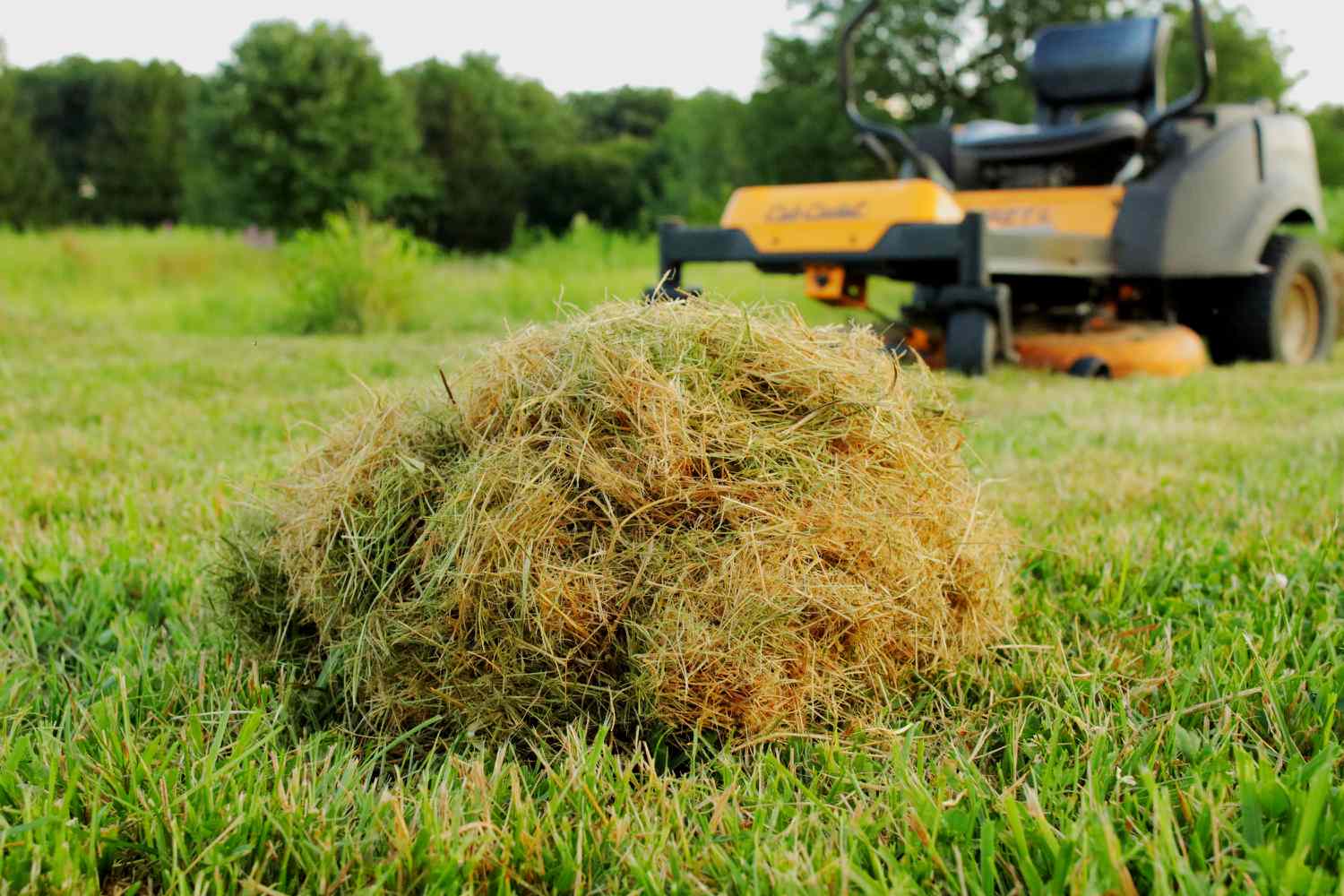

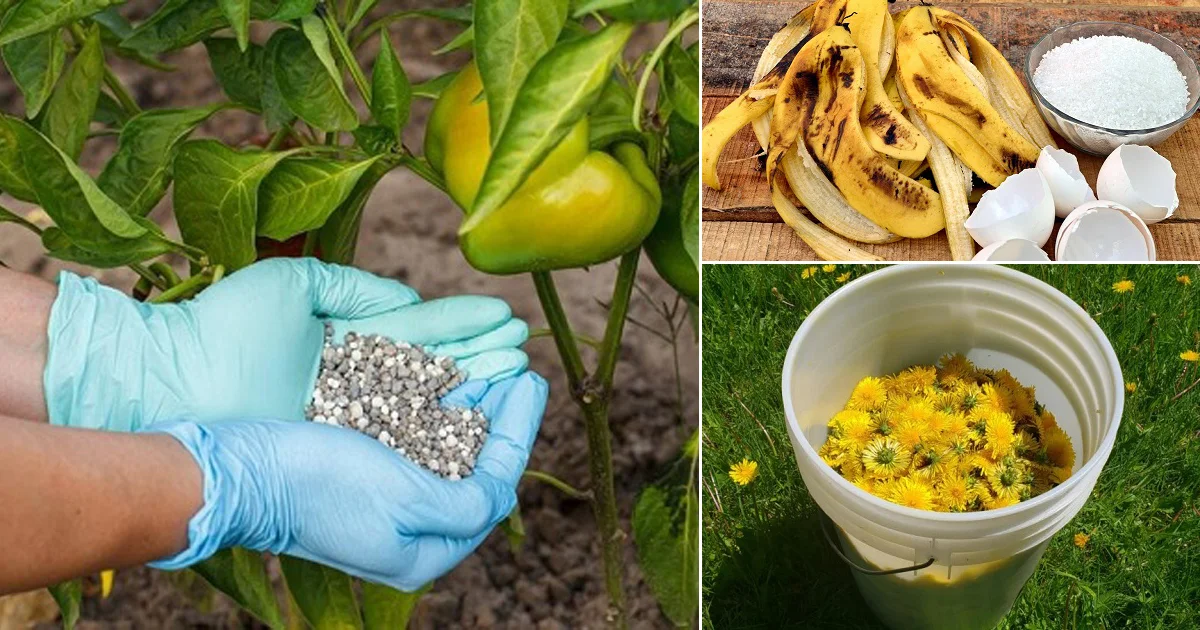
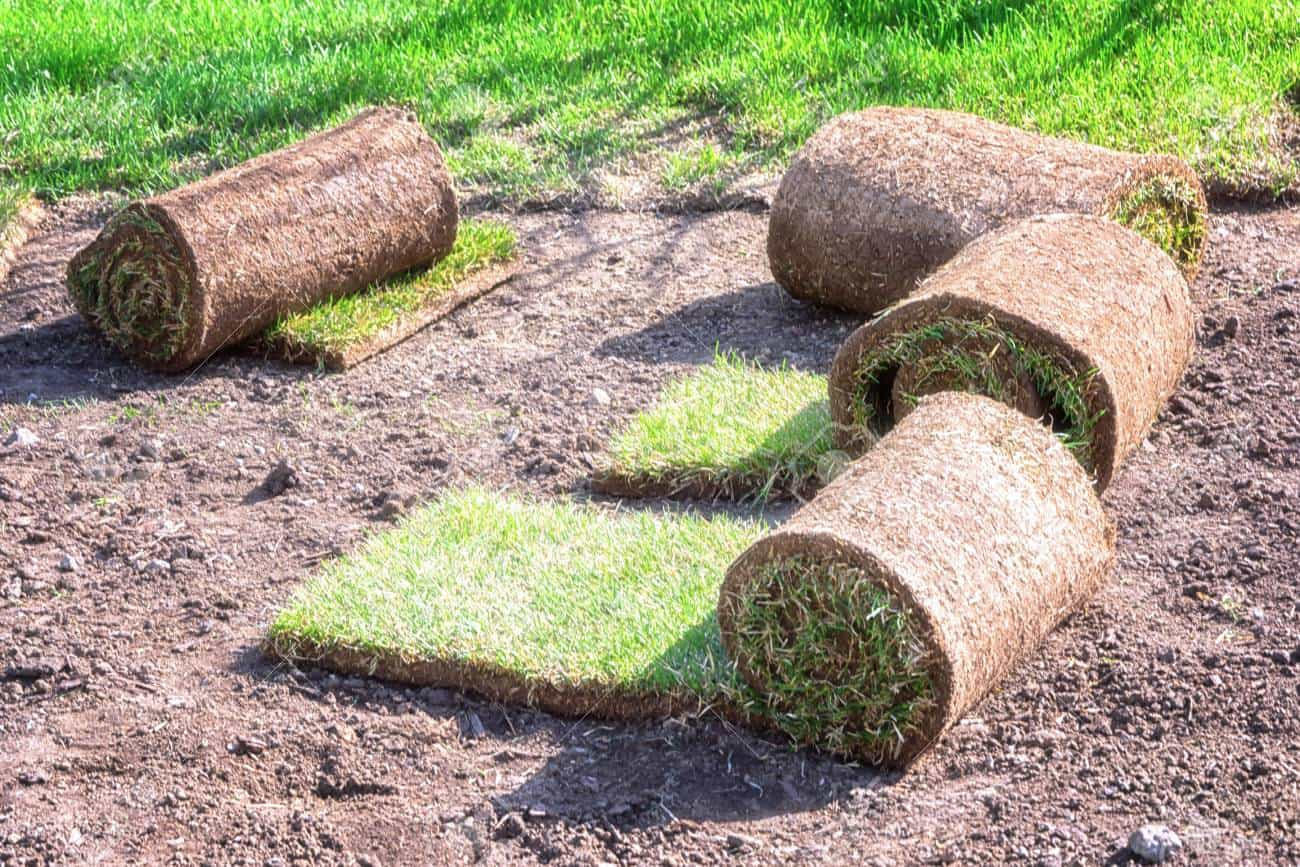
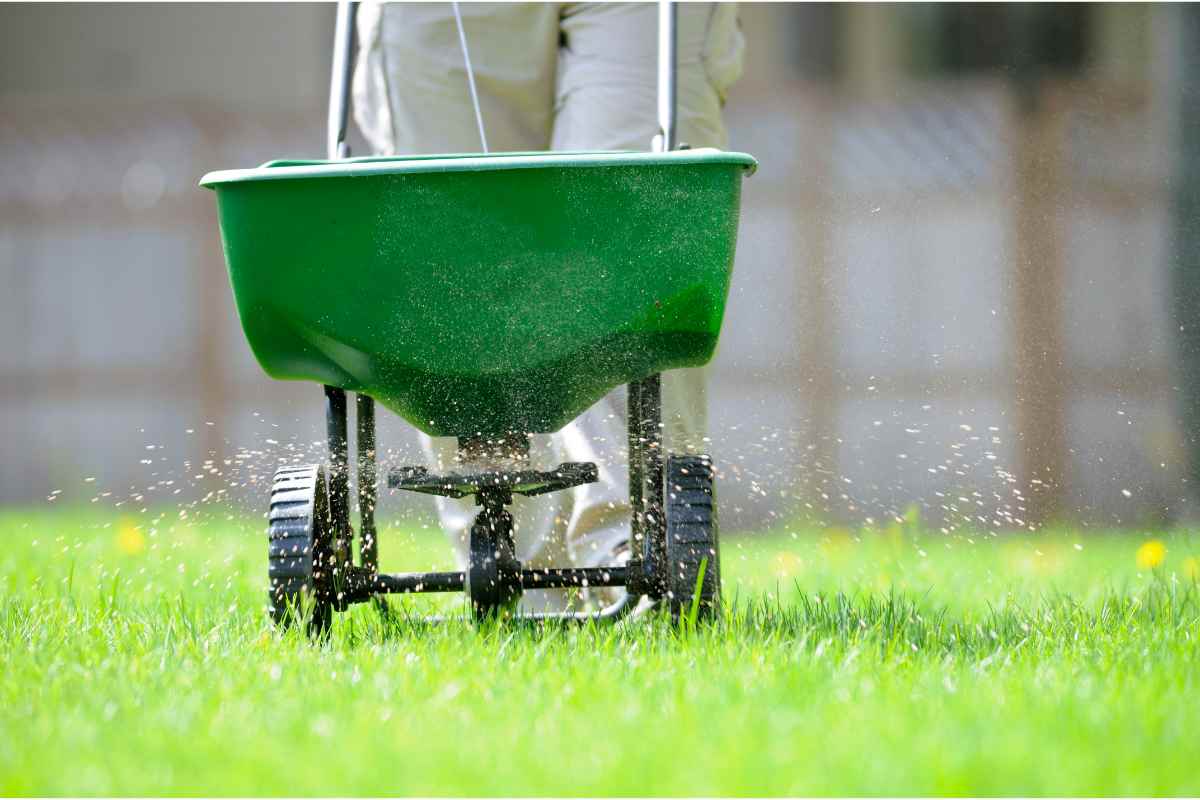
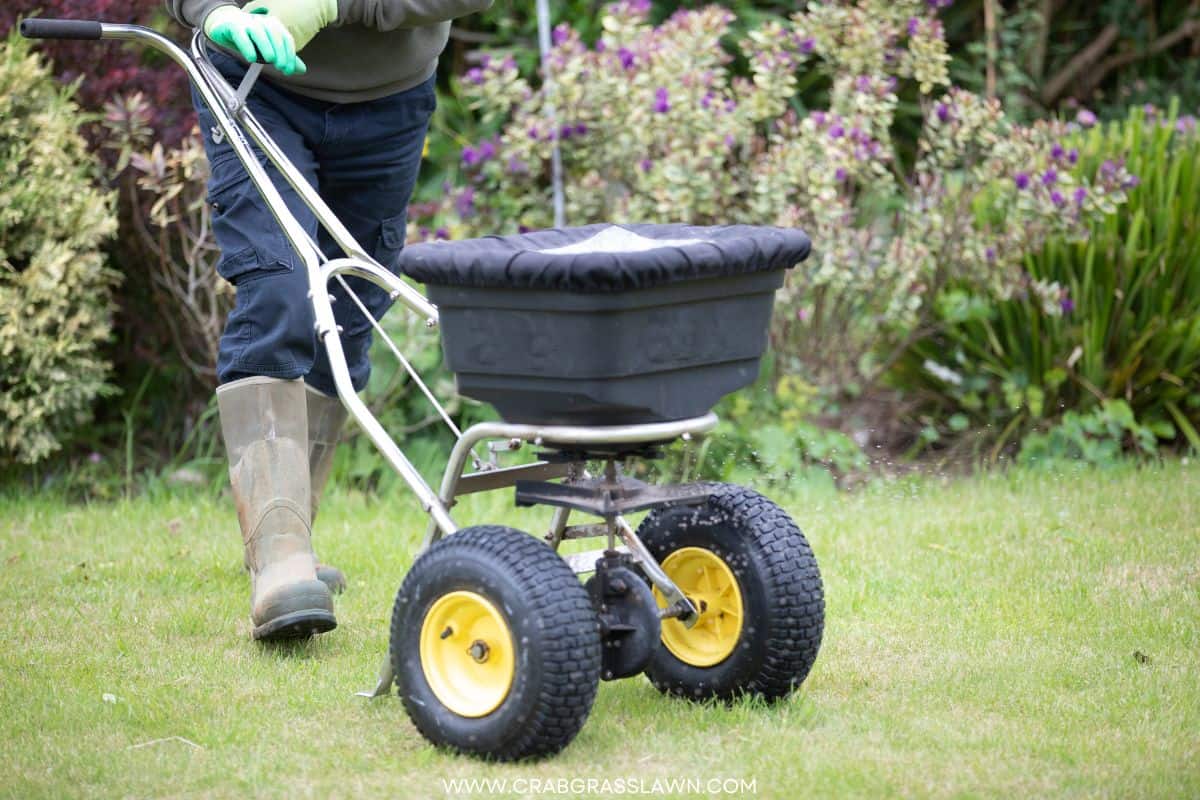
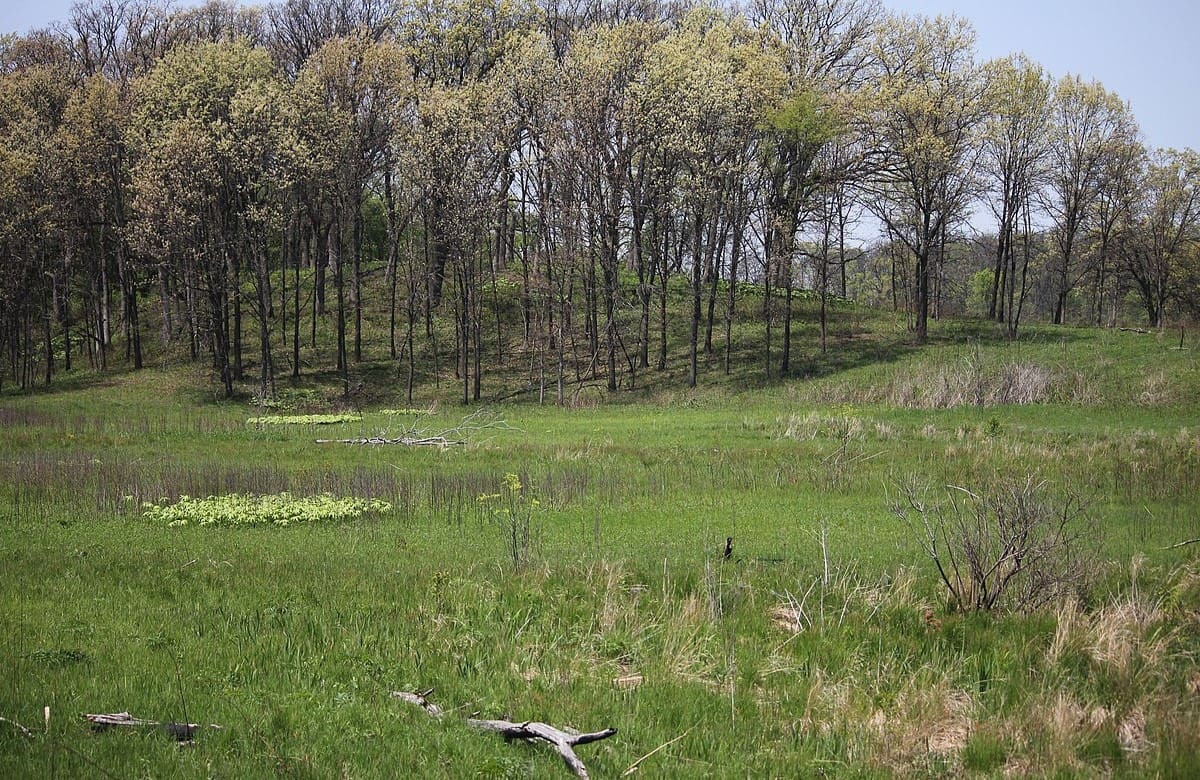
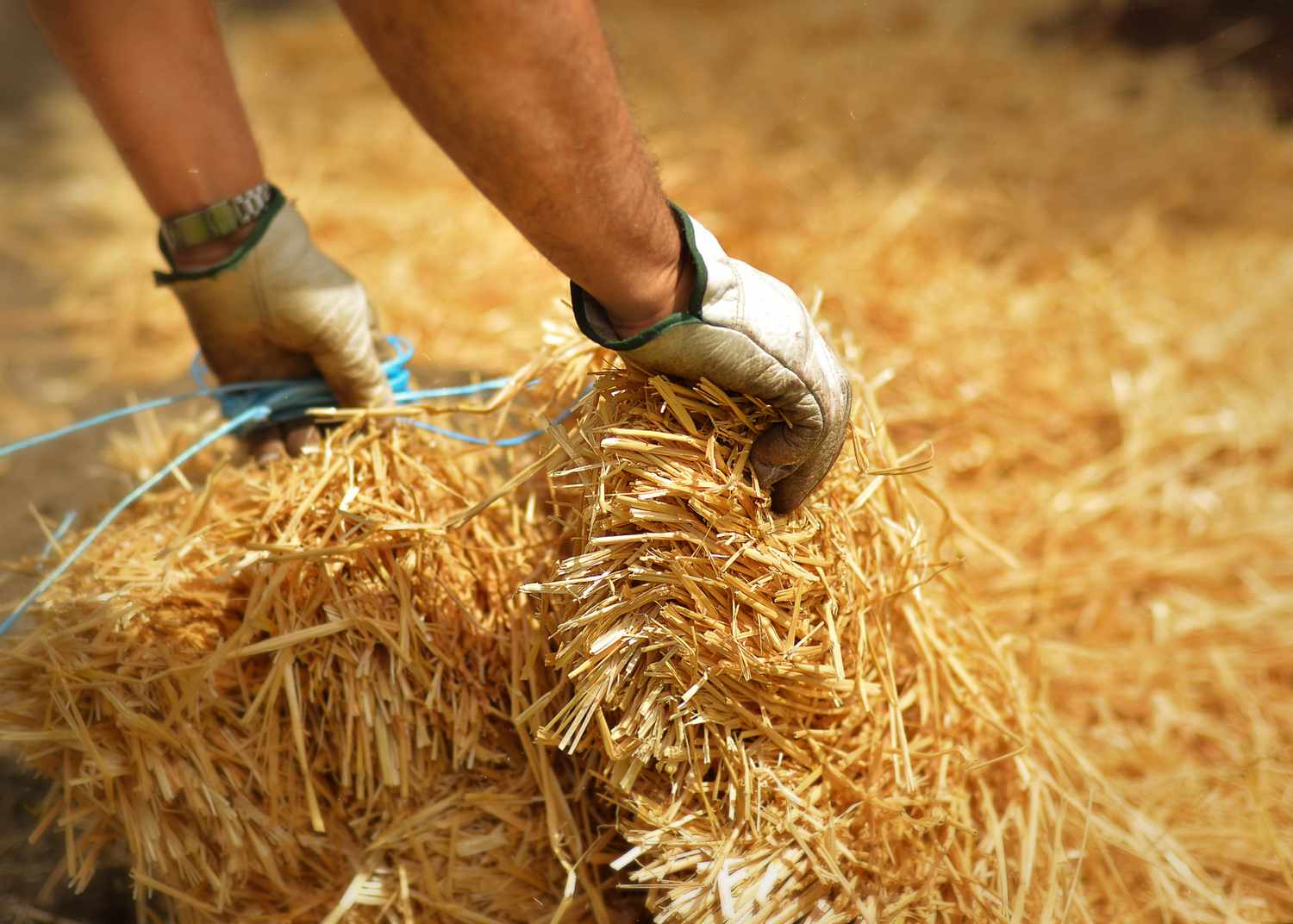

0 thoughts on “What Does Lime Do To Grass”